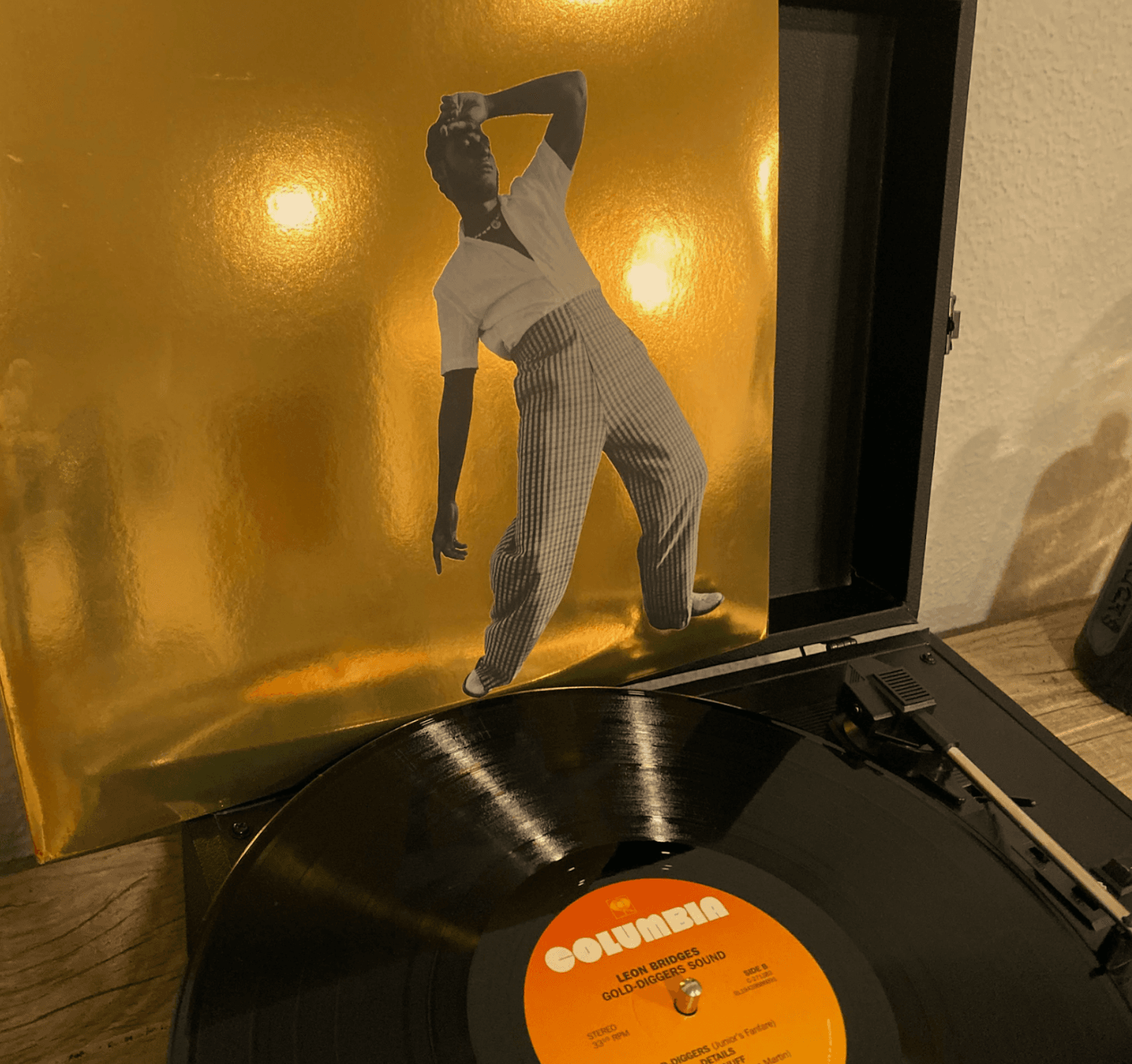Accessibility Tools
PMG Digital Made for Humans
L.L. Bean Swings And Misses With Blockchain and IoT
David Gong, Senior Content Writer
In many organizations, the first step toward advancing a more durable measurement roadmap is educating stakeholders on how the privacy-first digital media ecosystem works, what’s changing, and outlining clear best practices and next steps for building durable data and measurement programs.
Enthusiasm for new technology has been with humankind since the first tools were formed from stone, wood, and bones (yuck). It’s a natural human response to get lost in thought about the possibilities of nascent inventions, and in today’s environment, there’s justified fervor for blockchain, cryptocurrency, the Internet of Things, AI, et al. However, let’s not go bat crazy.
L.L. Bean recently suffered a bout of such fever. The retailer has been in the news for the wrong reasons lately (primary reason being the announced end of their famous lifetime guarantee), with their foray into blockchain being the biggest forehead-slapper. In early February, the Wall Street Journal reported the following:
L.L. Bean Inc. wants to test the combination of blockchain and Internet of Things technology to understand how people use its outdoor gear.
In a test due to begin this year, L.L. Bean plans to ship a line of coats and boots with sewn-in sensors that send data to the public Ethereum blockchain platform. The retailer is building a data tracking and analytics system to use customer data stored on Ethereum. Loomia, a Brooklyn-based technology company plans to provide sheets of flexible circuitry to embed in the apparel, along with a small hardware device that uses near-field communication signals to collect data from the circuits while the customers wear the garments.
Essentially, L.L. Bean thought it’d be a great idea to sew sensors into their clothes and boots, sell those clothes, and then track via those sensors, post-purchase, things like temperature, how often consumers wore and washed their clothes, and other data points that it claimed would provide insights into how they approach product development, marketing, and supplier negotiations.
Go ahead. Say what you’re thinking. I thought it too. “L.L. Bean, you crazy.”
Unsurprisingly, there were some media outlets that raved about this bold initiative. A columnist on Inc.com touted this combination of IoT and blockchain as a “very smart move.” Let me remind you that cheerleaders exist for terrible ideas just as much as they do for brilliant ones (maybe more so, actually).
However, many outlets and consumers rightly expressed disdain for the idea. Yes, people are a contradiction. They hate the idea of being tracked, but then opt-in to share personal information and location data for things as minute as non-monetary coins when checking into a business on their phone. Maybe that’s what L.L. Bean was banking on, but I don’t think they expected the backlash that came immediately after they made the news.
The lesson is, just because something is possible doesn’t make it necessary. There are many exciting uses for blockchain across industries, and there are probably more coming down the road we don’t even realize yet. And IoT is continuing its growth because of the value consumers perceive in having more and more things connected (says the guy who spent his holiday season turning his house into the smartest member of the family). However, we must remember to temper ourselves, lest we waste time, effort, and brand equity pursuing innovation simply for the chance to say we’re first in something.
Since the WSJ article, L.L. Bean has clarified its plans. The retailer’s chairman told MediaPost, “We are not, have not, nor do we ever intend to sell any product that tracks anyone’s buying habits, physical movements or collects any form of demographic information.”
Stay in touch
Bringing news to you
Subscribe to our newsletter
By clicking and subscribing, you agree to our Terms of Service and Privacy Policy
Huzzah for common sense.










